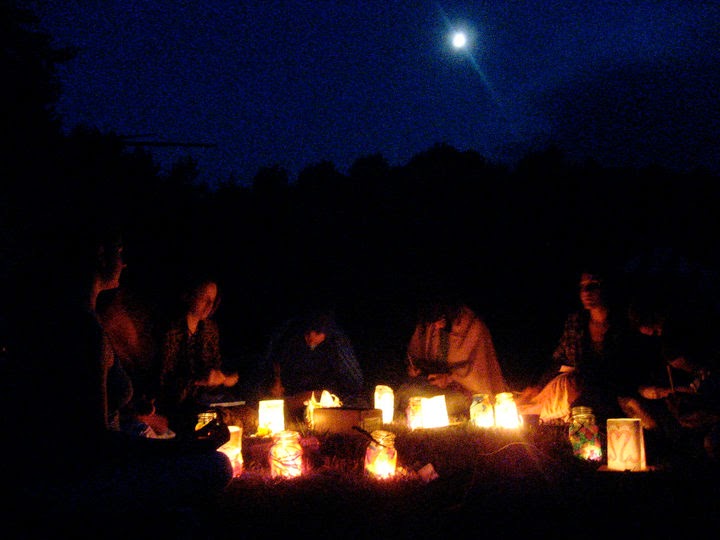A cup of hot tea can uplift a cold day. Small amounts of plants steeped in hot water for a few minutes make teas which can be delicious, but are not as potent as infusions. Infusions are larger amounts of plants
steeped in hot water for a longer period of time. They extract more plant constituents, and can be used medicinally or nutritively, depending on the plant infused. Overnight infusions of nutritive food-like plants, plants
that contain beneficial vitamins, minerals, and other supportive elements, can be an excellent addition to any self- care practice.
The standard ratio for making infusions is one ounce of dried plants (weight), to one quart of hot water (volume). If you don’t wish to measure out your plant material, then you can just grab a handful of
plants. Grab more of lighter plant materials (such as leaves and flowers), and less of heavier plant materials (such as roots and bark). Add the plants to a quart jar, then fill the jar with freshly boiled water. Cover with
an airtight lid, then let it sit overnight. In the morning, strain out the plant material, composting it back into the Earth. The remaining infusion can be drunk slowly throughout the day, reheated and drunk, or refrigerated
and ingested slowly through a few days, based on your needs and preferences. Infusions, depending on the plant, can keep in the fridge for 3-5 days.
Here’s some suggestions for plants to create nourishing overnight infusions. There’s a *star next to the plants that grow around here (southern AZ) as weeds, or you can easily cultivate.
Energetically drying (many of these are mildly astringent or diuretic):
*Nettles leaf (Urtica dioica)
*Red clover blossoms (Trifolium pratense)
Raspberry leaves (Rubus spp.)
*Rose leaves and petals (Rosa spp.)
Energetically neutral:
*Oatstraw (Avena sativa)
Violet leaves and flowers (Viola spp.)
Energetically moistening (nutritive demulcents):
*Siberian elm (Ulmus pumila)
*Mallow leaves, roots, and flowers (Malva spp. and Althaea spp.)
Borage flowers (Borago officinalis)
Linden flowers (Tilia americana)
Nourishing infusions are best made with one plant at a time, to deeply understand that plant, and how it affects the individual. Once that base relationship has been established, then other plants may be added
into the infusion. Energetically drying plants can be balanced by nutritive demulcents, for example. Different plants, with their different properties, can be artfully combined to create nourishing masterpieces to ingest,
enjoy, and celebrate life, and our intimate relationships with the plant world.
(References: Kiva Rose and Susun Weed
Second photo credit: Teaching Drum Outdoor School)
(References: Kiva Rose and Susun Weed
Second photo credit: Teaching Drum Outdoor School)

